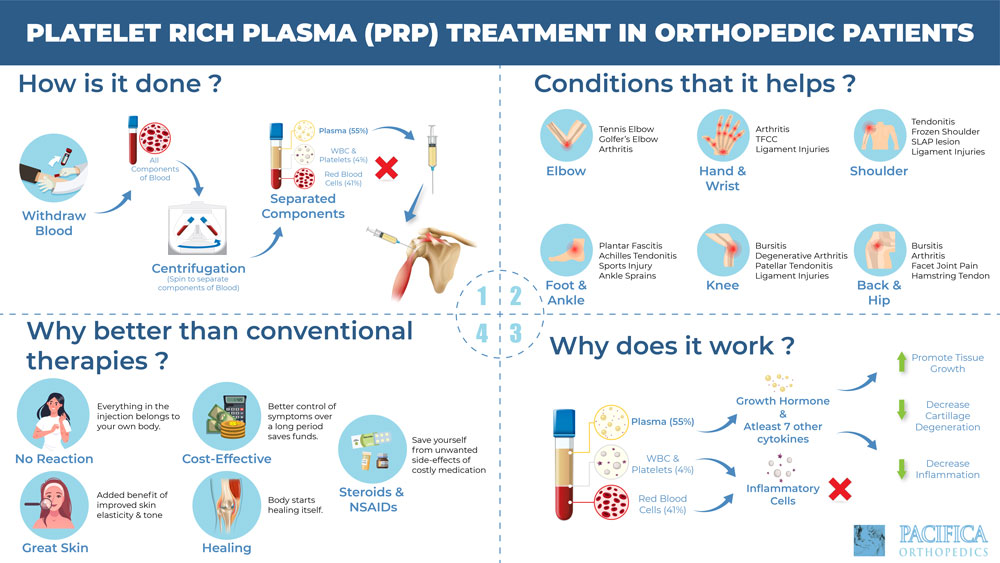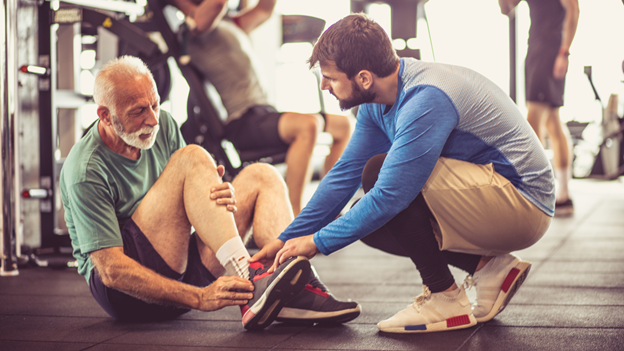Synvisc One is a natural synovial fluid supplement for people suffering from osteoarthritis who are not responding to conventional pharmacologic interventions such as NSAIDs. The introduction of Synvisc One into the treatment regimen of osteoarthritis is often seen as a significant benefit, as the disorder is is resistant to many of the pharmacologic, bracing and physiotherapy treatments available today.
In many cases, a single injection of Synvisc One can help counter the mechanical and inflammatory based pain and discomfort associated with osteoarthritis.
What is Osteoarthritis?
Osteoarthritis is one of the most common age-related disorders worldwide, with millions of patients suffering from this disorder in their advanced age. The main reason for osteoarthritis is the DNA-driven gradual degeneration of the protective articular cartilage, that covers the joints, with progressive stiffness, mechanical pain and even instability. The knee joint and the hip joint are the 2 most common joints affected and treated.
Osteoarthritis has no known cure, but fortunately, the disorder does typically respond to anti-inflammatories, mechanical stabilization, bracing and joint lubrication. (1)
What are the Symptoms?
The symptoms of osteoarthritis are: (2)
- Severe pain in affected joints after movement or strenuous activity
- Stiff joints after waking up from sleep
- Popping noises and clicking from within the joint when the affected joint is in use
- Inflammation at the affected joints
- Loss of flexibility at the affected joint due to the restriction in motion caused by the degeneration of cartilage
- Tenderness at the affected joint
Almost all of the symptoms of osteoarthritis translate to the loss of protective cartilage and adequate lubrication from the ongoing degeneration of articular cartilage within the joints.
Conventional Treatment Regimen:
Traditionally, the symptoms of osteoarthritis have been managed by using medications directed at getting rid of the severe pain and tenderness at the affected joints. For this purpose, physicians usually recommend acetaminophen for managing the pain at the joints. However, seeing the long-term nature of this disease, physicians are usually concerned about liver health as acetaminophen is proved to be harmful to the liver in large doses when taken for the long term.
Another approach to managing the pain in osteoarthritis is using NSAIDs such as ibuprofen and naproxen. This approach helps manage pain, but exposes patients to risk of kidney injury, blood thinning and peptic ulcer disease symptoms when taken for a prolonged period of time.
Duloxetine is an antidepressant medication that has been used in arthritis patients to help treat the chronic pain experienced by the patients. (3)
Synvisc One: A Revolutionary Approach
Seeing the potential resistance to medication in osteoarthritic patients, physicians searched for a new way to eradicate the root cause of pain in arthritic patients. The root cause of osteoarthritis has been described above: it occurs due to the loss of protective cartilage in the joints which results in tenderness and pain due to exposed bone. Therefore, an approach aimed at restoring this cartilage lubricant barrier was considered. These hyaluronic acid-based treatments reproduce viscosity, elasticity and other basic properties similar to the cartilage found within the joints.
The Role of Hyaluronic Acid at Joint Cartilage
Hyaluronate is a high molecular weight substance that naturally resides within the synovial fluid barrier that offers protective cover and lubrication at the end of the joints in the body. The main function of hyaluronate in the synovial fluid found at the joints is to maintain the lubrication and to scavenge the free radicals that might be generated due to the oxidative damage occurring within the joints. (4)
What Happens in Osteoarthritis?
According to scientific research, osteoarthritis causes the depolymerization of the hyaluronate found in the synovial joint fluid at the affected joints. As a result, the hyaluronate gets converted into a lower molecular weight substance that is not able to hold its original viscoelastic properties. As a result, there is a gradual degeneration of the synovial fluid around the affected joint, which promptly gives rise to the symptoms of osteoarthritis in the subject.
After the discovery of the degeneration of synovial fluid in osteoarthritis due to the depolymerization of hyaluronate, it was discovered that supplementing the lost hyaluronate in the synovial fluid using artificial hyaluronic acid preparations such as Synvisc One can help increase the effective synovial fluid around the joints. The exogenous hyaluronic acid preparations used in osteoarthritis do not replenish the properties of synovial fluid to their fullest, however, considerable relief is reported in the patients who suffer from the symptoms of osteoarthritis. (5)
How Synvisc One can Help:
Synvisc One (Hylan G-F 20) is an artificial hyaluronate preparation that uses Hylan A and Hylan B in a buffered solution consisting of sodium chloride. The syringes consist of a 10 mL solution of Synvisc One, which is together combined into 3 doses. The syringe is carefully sterilized and consists of non-pyrogenic contents.
Synvisc One injection can be tried in patients when all other treatments have failed. The hyaluronate preparation in Synvisc One can help the joint replenish its synovial fluid properties.
Precautions:
Before administering the dose of Synvisc One, the patient must be aware of some precautions.
- Any prior allergies to hyaluronate preparations are reason enough to avoid hyaluronate injection to an osteoarthritic patient.
- Injections into infected knee joints should be avoided.
- Synvisc One injection requires proper circulation into the legs. If the subject is experiencing any circulatory problems in the legs or blood clots, Synvisc One should be avoided.
- The subjects should avoid engaging in any strenuous activity such as sports, lifting weights, etc. At least for 48 hours after having Synvisc One injection.
- The effect of Synvisc One in pregnant mothers or mothers who are planning to become pregnant in the near future after having Synvisc One dose is not clear. It is better to inform your doctor before having the dose. (6)
References:
- Osteoarthritis – Symptoms and causes. Mayo Clinic. (2021). Retrieved 30 August 2021.
- Osteoarthritis (OA). Versus Arthritis. (2021). Retrieved 30 August 2021.
- Osteoarthritis – Treatment and support. nhs.uk. (2021). Retrieved 30 August 2021.
- Ayhan, E. (2014). Intraarticular injections (corticosteroid, hyaluronic acid, platelet rich plasma) for the knee osteoarthritis. World Journal Of Orthopedics, 5(3), 351.
- Bowman, S., Awad, M., Hamrick, M., Hunter, M., & Fulzele, S. (2018). Recent advances in hyaluronic acid based therapy for osteoarthritis. Clinical And Translational Medicine, 7(1).
- Synvisc-One Injection: Uses, Dosage, Side Effects – Drugs.com. Drugs.com. (2021). Retrieved 30 August 2021.





0 Comments